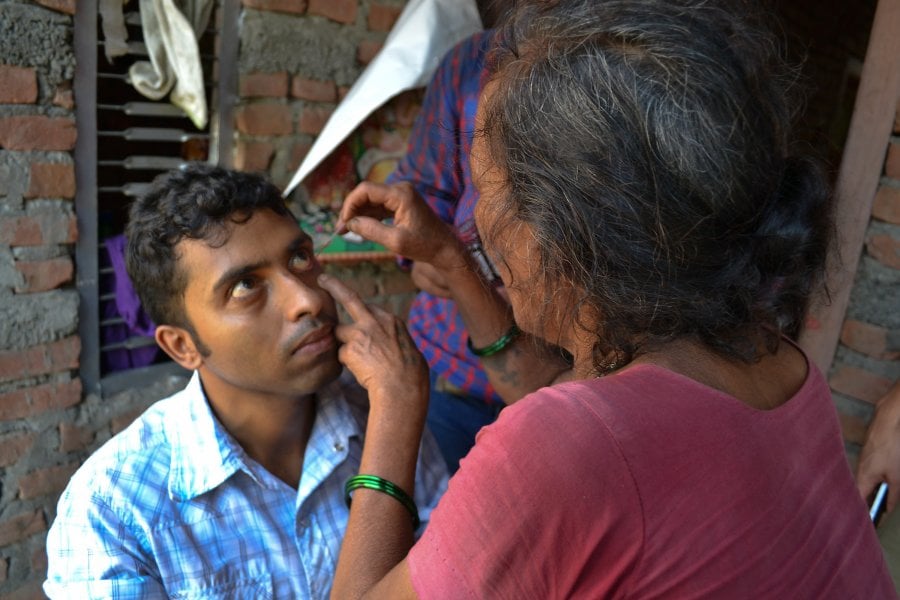
Infection of the transparent cornea of the eye can be devastating, especially if it is caused by fungal keratitis, one of the most devastating fungal eye infections.
Led by the London School of Hygiene & Tropical Medicine (LSHTM) and the University of Manchester, the research is the first estimation of global fungal keratitis figures.
Most fungal keratitis cases are diagnosed too late to save vision, and overall about 100,000 eyes have to be removed as a result. In contrast, early diagnosis usually saves both vision and the eye, although a high level of expertise, antifungal therapy and often surgery is required.
The researchers identified high rates of fungal keratitis in a number of African countries as well as Nepal, Pakistan and India. Lower rates were identified in Europe.
Professor Matthew Burton, practicing ophthalmologist at The International Centre for Eye Health, part of LSHTM, said: "Among all the major causes of eye infection in adults, fungal keratitis is too often devastating. My own experiences in Tanzania, Uganda, Nepal and India taught me what a challenge this problem can be - but enabled my team to develop pathways for major improvements in care."
Professor David Denning of The University of Manchester and Chief Executive of the Global Action Fund for Fungal Infections (GAFFI) said: "Fungal keratitis is a neglected among neglected tropical diseases, even the World Health Organization and G-Finder don't list it. Poor agricultural workers are most affected, yet high quality care can takes days to access in most high incidence areas."
The authors examined all 241 papers published listing the causes of microbial keratitis to derive country and regional estimates of annual incidence. In Kenya, Dr Michael Gichangi from the Ministry of Health had collected cases from each district over several years, enabling an estimate for Africa. The authors also checked for the ratio between fungal and bacterial keratitis which varied from 1% in Spain to 60% in Vietnam, typically ~45% in tropical and subtropical areas.
Here is a table summarising the estimated annual incidence, and that per 100,000 of the population of different continents, and the world, from this study:
| Continent | Estimated annual incidence* | Annual incidence per 100,000 population |
|---|---|---|
| Africa | 75,200 | 13.5 |
| Asia | 940,000 | 33.9 |
| Europe | 100 | 0.02 |
| North America | 15,700 | 6.8 |
| Latin America and Caribbean | 19,200 | 5 |
| Oceania | 1,770 | 14.5 |
| World | 1,052,000 | 23.6 |
* rates are ~40% higher if culture and microscopy negative cases are assumed to be fungal.
Publication






